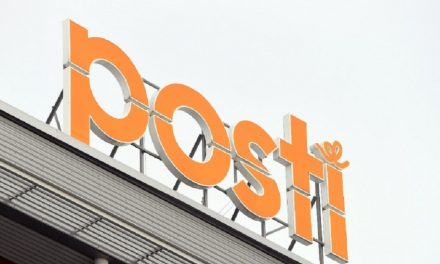
Shifting peaks and the global perspective

Ed Ayyad, Director, Strategic Projects, P2P
Anybody looking at the global ecommerce picture can quickly become overwhelmed by numbers. Predictions for now, for next year, for five years’ time – statistics covering what sells and when, and who’s buying. Figures in the billions seem almost passé – today is all about the trillions.
With so much information and hype surrounding ecommerce, retailers face a challenge to step-back, assess their own objectives and develop a realistic strategy for growth.
Peak becomes the new normal
The difficulty for today’s decision-makers is that there is no longer a period for pause and reflection. Until recently, when commentators talked about the peak ecommerce period they were typically referencing Black Friday, Cyber Monday and the run up to Christmas. This year, in the UK alone, shoppers are expected to spend over £7.4bn online in Black Friday week – up 15% on the same time last year. Two factors are apparent from this statistic. Firstly, what was originally Black Friday is now Black Friday week – the period has simply extended since the concept first hit the British conscience in 2013. Secondly, sales volumes rise and rise. What is considered ‘peak’ one year, quickly becomes the new normal.
The landscape is constantly shifting. Rather than focusing on the peak period between Thanksgiving (Black Friday) and Christmas, retailers are now having to think in a far more agile fashion. Peaks are now based on such random factors as culture, weather, events, politics and more. Preparing for peak means being prepared all year round.
Global knowledge
Those retailers with ambitious international growth plans must also be aware of differing peak trends in different countries. China is an obvious example. China’s ecommerce market soared past the $1 trillion mark in 2017 – a tempting prospect pool for any retailer. But in order to fully benefit from the Chinese opportunity, retailers must be aware of the country’s unique shopping patterns. One example is China’s Singles Day, an annual event promoted by Chinese ecommerce giant Alibaba. The 11th November date – supposedly chosen for its collection of single ones (11/11) – last year generated sales of $25bn, meaning it is now the world’s largest retail event.
Retail phenomena such as Singles Day or Amazon’s Prime Day in July have only emerged relatively recently. Both events emphasise the point that retailers focusing solely on the Black Friday/Christmas peak do so at the risk of missing the bigger picture – and the bigger share of wallet.
Plan and plan again
Some retailers are attempting to override the peaks and to iron out the landscape into a more consistent yearly pattern. Subscription services have taken off in recent years, with all manner of goods – from cheese to shaving products – being offered on an online monthly (or similar) subscription basis. This growth trend is expected to continue, with commentators pointing to the fact that such services save time and do the hard work for today’s time-pressured consumer.
For the majority of ecommerce retailers, the key to navigating today’s shifting peaks lies in expert planning. This planning should not be a once-and-done exercise. New peaks will continue to emerge driven by a combination of factors – many of which simply won’t be predictable. Retailers must adapt accordingly or face the prospect of competitors stealing a march. This means conducting an annual assessment of the supply chain, re-evaluating every link from suppliers and carriers to fulfilment, warehouses and customs best-practice.
Certainly, where international trade is concerned, political factors such as the trade stand-off between the USA and China, and the UK’s exit from the EU bring much uncertainty and place yet more pressure on retailers to monitor and adapt. Understandably, many retailers are recognising that the constantly shifting ecommerce landscape requires expert eyes and analysis if they are to remain compliant, cost-effective and a step ahead.
Of course, consumers simply do not care about the major challenges presented by shifting peaks or supply chain complexity. They want the brand they buy from to deliver – with any excuses likely to result in defection. Arguably, customer service is never more important to consumers than during peak periods – precisely the times when behind the scenes processes are tested to the limit.
Planning in partnership with logistics experts is helping retailers to ride today’s peaks, adapt for tomorrow’s and present a seamless face of efficiency and professionalism to the consumer. The rewards have never been bigger for those businesses getting it right and adapting to the new normal.









